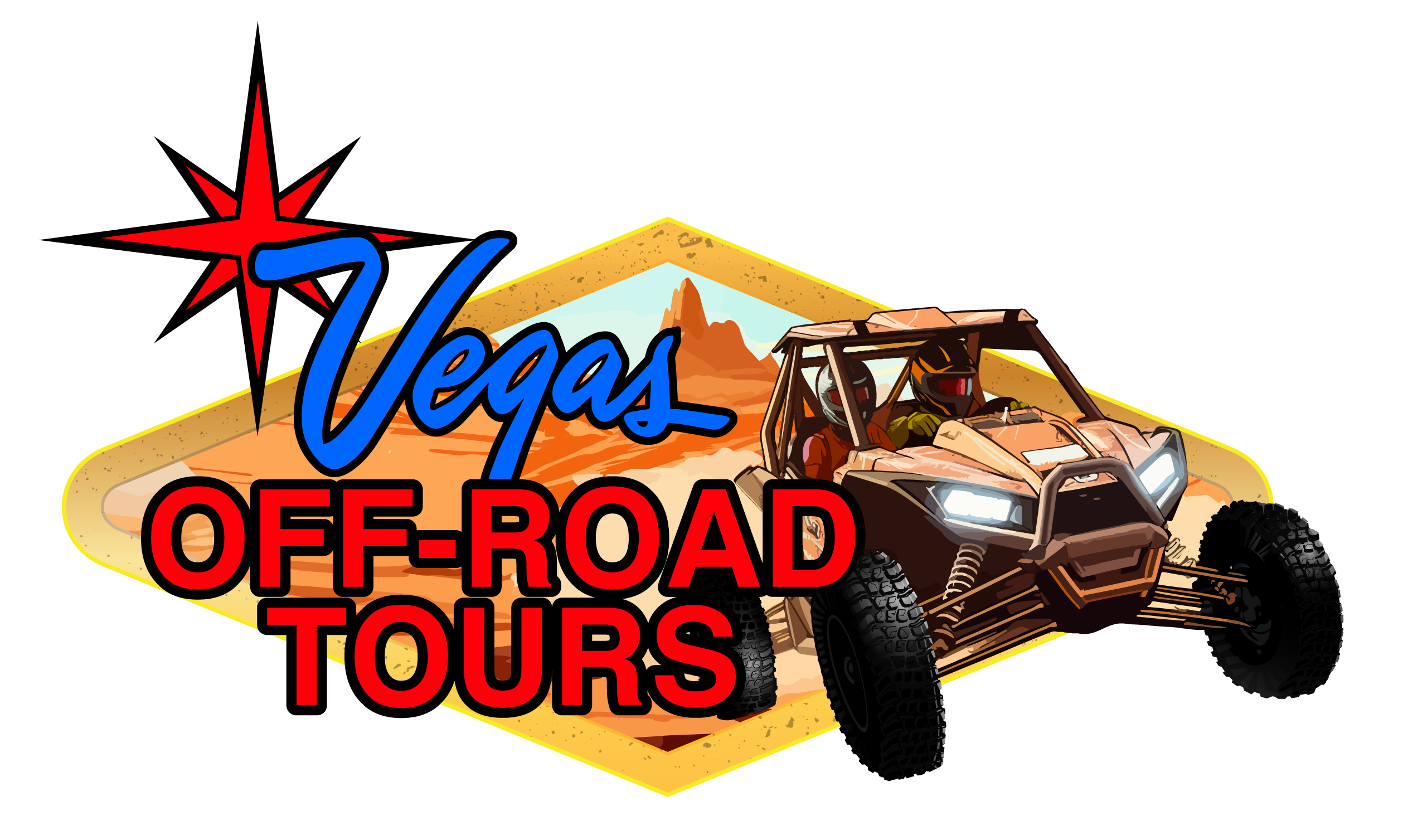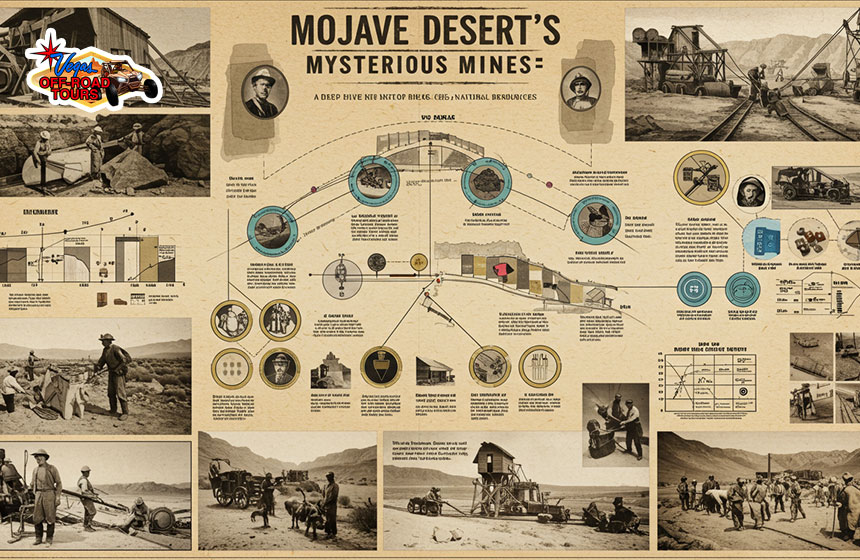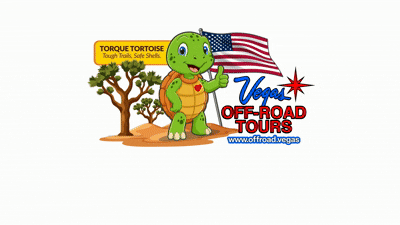The Mojave Desert’s Mysterious Mines: A Deep Dive into History, Riches, and Natural Resources
Mojave Desert mines reveal a hidden world beneath the sun-scorched sands and rocky ridges of the Mojave Desert, filled with stories of fortune, labor, and survival. The region’s ancient geology has given birth to some of the most fascinating mine sites in the American Southwest. These historic mines are more than just old tunnels and forgotten tools. They are key to understanding the land’s formation, its people, and its natural resources. Many early settlers and explorers came to this arid land in search of wealth, but what they found was much more complex and enduring than just gold or silver.
The Birth of Mojave Mines
The formation of the Mojave Desert’s mines dates back millions of years. Volcanic activity, shifting tectonic plates, and erosion worked together to create underground pockets rich with minerals. As the land changed over time, precious resources like gold, silver, borax, and copper became trapped in these rocky formations.
Native Americans were the first to discover and use some of these resources, long before modern mining techniques existed. They used certain stones and minerals for tools, weapons, and trade. Later, during the 19th century, as more people moved westward, mining activity in the Mojave rapidly expanded.
Life During the Mining Boom
The late 1800s saw a mining boom in the Mojave Desert. Prospectors came in waves, building small camps and towns almost overnight. Life in these communities was tough. The environment was harsh, water was scarce, and supplies were expensive and hard to come by. Yet the hope of striking it rich kept people going.
Daily Challenges for Miners:
- Extreme desert temperatures
- Limited access to fresh water
- Risk of mine collapse or injury
- Long hours of hard physical labor
Despite the dangers, mining camps thrived for decades. Some grew into full towns with general stores, saloons, post offices, and schools. A few of these towns still exist today, either as ghost towns or preserved historic sites.
Types of Minerals Found
Mining in the Mojave Desert wasn’t just about gold. In fact, many miners found other valuable minerals beneath the surface. The most commonly extracted materials included:
- Gold and Silver: Especially in areas like Calico and Tecopa
- Borax: Mined heavily in the Death Valley area
- Copper and Lead: Found in the Clark Mountain region
- Gypsum and Salt: Common in dried lake beds and salt flats
These minerals helped support industries far beyond the desert, as noted by the U.S. Geological Survey. Borax, for example, was used in cleaning products and glassmaking, while copper became essential for electrical wiring.
Everyday Uses of Mined Minerals
The minerals pulled from Mojave Desert mines didn’t just support the mining towns—they became essential parts of everyday life across the country and even the world. From the lights in our homes to the machines that power industries, these mined materials are all around us. Here’s how some of these natural resources are used today:
- Gold: Commonly used in jewelry, electronics (like phones and computers), and medical devices due to its resistance to corrosion.
- Silver: Found in cutlery, coins, mirrors, solar panels, and batteries.
- Borax: Used in laundry detergents, cosmetics, enamel glazes, and as a flux in metallurgy.
- Copper: Plays a major role in electrical wiring, plumbing, motors, and even renewable energy systems like wind turbines.
- Lead: Previously used in batteries, paints, and fuel; now primarily used in protective shielding and specialized industrial products.
- Gypsum: A key ingredient in drywall (sheetrock) used in nearly every home and building.
- Salt: Beyond seasoning, it’s used in water softeners, food preservation, and de-icing roads.
These materials are found in almost every room of a modern home—copper wires behind the walls, gypsum in the drywall, and gold or silver in phones and computers. They also power machines in factories, vehicles, and renewable energy systems. These materials quietly power the machines we use, strengthen our buildings, and keep our homes running efficiently. Without them, modern life as we know it wouldn’t exist.
Tools and Techniques Used
Early mining methods were often dangerous and primitive. Prospectors typically started with hand tools like picks, shovels, and pans. As technology progressed, so did mining efficiency.
Horse-drawn carts and later steam-powered equipment allowed for deeper digging. Eventually, rail lines were built to help transport ores from desert mines to processing plants and markets across the country. However, most of the mining done in the Mojave was considered “hard rock mining,” which involved chiseling directly into solid rock in search of veins.
Environmental Impact and Restoration
Mining has left a lasting impact on the Mojave Desert’s landscape. Old shafts and tunnels still dot the region. Some areas suffer from pollution, erosion, and habitat destruction as a result of past activity.
However, recent efforts by conservation groups and government agencies aim to restore damaged land and protect what remains. Old mining sites are being cleaned up, and some are turned into educational or tourist destinations. This not only helps the environment but also preserves the story of how these mines contributed to our understanding of natural resources.
Interesting Mojave Mining Sites to Visit
For those looking to explore the Mojave Desert’s mining past, several places offer a peek into history:
Calico Ghost Town
A former silver mining town near Barstow, now turned into a family-friendly attraction with restored buildings and mine tours.
Tecopa Mines
These mines are located near the eastern edge of the Mojave and are known for silver and lead extraction.
Borax Works in Death Valley
This historic site showcases the large-scale borax mining operations that once took place in one of the hottest places on Earth.
The Legacy of Mojave Miners
Miners in the Mojave Desert were more than treasure hunters. They were builders, community members, and pioneers. Their efforts helped shape the economy and culture of the Southwest. Though many of the mines are now closed, their story remains deeply rooted in the region’s identity.
Visitors today can still see remnants of mining cabins, tools, and equipment scattered throughout the desert. These artifacts serve as a reminder of a challenging time when people risked everything for a chance at a better life.
Natural Resources and the Future
Today, the Mojave Desert continues to be a valuable region when it comes to natural resources. While large-scale mining has decreased, interest in rare earth elements and sustainable energy resources is on the rise. Solar energy farms, for example, are now being built in areas once known for mining.
Understanding how the land was used in the past gives us clues about how to care for it moving forward. Balancing development and conservation is key to preserving both the environment and the rich history beneath its surface. By learning more about the region’s natural resources, we can make better choices for the future.
Conclusion
The mysterious mines of the Mojave Desert are more than forgotten holes in the ground. They are windows into the past, showcasing human determination, geological wonder, and economic growth. From Native American traditions to modern preservation efforts, each chapter of mining history reveals how deeply we depend on natural resources. Exploring these hidden treasures helps us appreciate not only what the land offers but also how we should protect it for future generations.


